As we continue getting used to our kitchens, living rooms, and bedrooms doubling as offices, virtual meeting rooms, and classrooms, many people are starting to ask, “What’s next?” And since more than 1.5 billion learners in 165 countries have been affected by COVID-19 school closures, parents, teachers, students, and decision-makers are asking the same question about education. Thankfully, some of the most prominent leaders in the field are gathering to develop answers that deliver on the promise of quality learning and inclusivity.
UNESCO, together with Microsoft and hundreds of private and public partners, has established a global education coalition to support countries in scaling up their best remote learning practices and reaching youth who are most at risk. In describing the impetus for creating the coalition, UNESCO Director-General Audrey Azoulay stated, “Never before have we witnessed educational disruption on such a scale. Partnership is the only way forward. This coalition is a call for coordinated and innovative action to unlock solutions that will not only support learners and teachers now, but through the recovery process, with a principle focus on inclusion and equity.”
Microsoft is a proud member of the coalition, and a strong and active supporter of its three core pillars: to support the equitable continuation of learning, ensure a full and equitable return to education, and strengthen learning systems. In his announcement of the partnership, Microsoft CEO Satya Nadella said, “We believe it’s critical that every student can stay engaged, and continue learning during this difficult time…Together, we want to provide every student and teacher with access to technology and training to connect, communicate, and learn, no matter the circumstances.”
Inaugural virtual Education Transformation Summit
Given the global priority to address the impact of the pandemic on education, Microsoft launched its inaugural Education Transformation Summit on May 5, to bring education leaders together to share ideas on this critical topic. The summit explored how systems are adjusting to remote learning and the role of technology, as well as how this large-scale disruption can accelerate deeper education transformation.
The Teams Live event was designed for global education ministers and leaders, with discussion topics and questions curated using feedback from the more than 550 invited education leaders. The two-and-a-half-hour session was hosted by Microsoft Education Vice President Anthony Salcito, and included an opening statement by UNESCO Assistant Director-General Stefania Giannini, and a “fireside chat” between Anthony and Satya. It concluded with a panel discussion with the education ministers of Ecuador, Austria, and Georgia, moderated by OECD Education Director Andreas Schleicher, and lively and interactive Q&A and comments from attendees. It was an informative and engaging session that revealed critical priorities for the future.
As Stefania pointed out in her opening comments, education is foundational for the well-being of society, so learning must continue no matter what. She also noted that the recent widespread closing of schools around the world has been “the very first massive global social experiment in learning outside the confines of school.”
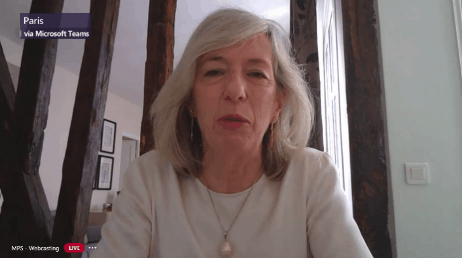
Clearly, there is much to be learned from that experience as educational systems are re-formed and re-imagined for the future.
"The crisis has shown how much education matters and is foundational for the well-being of society… it's time to re-form and re-imagine education systems." @SteGiannini @UNESCO at the @MicrosoftEDU @MSEurope #microsofteduClick To Tweet
While no one can predict exactly what will happen, the consensus of the group was that when schools physically reopen, teaching and learning will not look the same as before. Students, educators, administrators, and faculty will all be facing a new reality.
It’s likely that some of the best parts of remote learning will be retained and will be integrated into the curriculum. Teachers will blend traditional brick-and-mortar classroom instruction with synchronous and asynchronous activities and projects to create a new, hybrid model. In this model, social and emotional skills will hopefully be prioritized, and the role of the teacher will be acknowledged as more important than ever. In fact, hybrid education models should enable teachers to increase time spent coaching and mentoring individual students. In this new reality, educators empowered with technology will also have an opportunity to create a more flexible and inclusive learning environment. The ultimate goal is to create more self-directed, personalized learning, with heightened guidance and encouragement from the teacher as the student grows in knowledge and develops their emotional intelligence.
Stefania pointed out that as we move forward, supporting teachers is more important than ever. She called for an “upgrade” to teacher training and revealed that a UNESCO survey of teachers in 60 countries found that 60 percent of them said they were not prepared for online learning. This closely echoed the survey conducted for our recent whitepaper, “Staff of 2030: Future-Ready Teaching,” which showed that only 38 percent of teachers in training and early-career teachers felt that their training prepared them to use technology effectively in the classroom. And the challenges of building remote and hybrid teaching and learning strategies are even more challenging for teachers who feel uncomfortable with technology. Andreas highlighted that under the current circumstances, it’s even more important that teachers receive ongoing support and training. “We used to learn to do the work as teachers, now learning has become the work. You will not see your students become lifelong learners if they do not see their teachers as lifelong learners,” he said.
Satya also pointed out the importance of supporting teachers, saying that one of the ways to help them be the best at what they do is to “ensure that they are respected and valued members of society.”
"You will not see your students become lifelong learners if they do not see their teachers as lifelong learners." @SchleincherOECD @MicorosftEDU #microsofteduClick To Tweet
A new paradigm for public-private collaboration and innovation

In their fireside chat, Satya and Anthony discussed that we are likely to see structural changes to overall society, as well as to education systems as a result of the current situation, and that it’s important for governments to take care of vulnerable populations by budgeting funds for health and education. Satya said that “the core priority of education reform moving forward must be to create accessible education for all,” and he pointed out that “the beauty of technology is that it can facilitate activity and equity, and be helpful in accommodating the variety of ways we learn.”
"We can’t do it alone. It’s about partnering. The partnership with UNESCO is a great example. How do we bring everyone with their capacities in concert with what Microsoft can uniquely provide?" @satyanadella @MicrosoftEDU…Click To Tweet
They discussed how expanding connectivity in remote areas is of huge importance and can be a multi-phase process that starts with utilizing low-bandwidth solutions like broadcast television stations. Microsoft and UNESCO are working together in Senegal to bridge the gap between broadcast media and digital platforms, with each reinforcing each other to deepen student learning where students are in households with limited connectivity and are likely to be sharing devices with siblings.
What’s next?
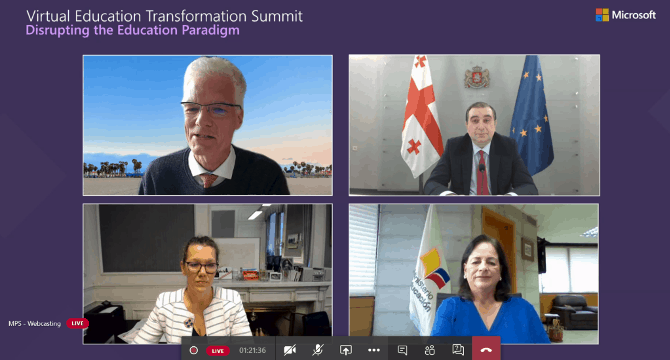
The panel discussion with the ministers of education from Georgia, Austria, and Ecuador, highlighted the unique challenges that each country has faced in addressing the continuity of education, and how their creative solutions will define their path forward. For example, Georgia’s Minister of Education, Science, Culture, and Sport, Mikheil Chkhenkeli, shared that “Microsoft was indeed a spearhead technology-wise of how we conquered the challenges facing us.”
He said that distance education was “a new dimension in our education system, something we had to develop practically from scratch.” Looking to the future of education in Georgia, he stated that “Every crisis brings opportunity.” And he added, “We are thinking of using the hybrid approach, and the online resources primarily provided by Microsoft will become a permanent fixture of our curriculum.”
In reference to Ecuador, Andreas noted to Minister of Education Monserrat Creamer that because some areas are so remote, Ecuador faces massive challenges in access to education even in normal times. Monserrat added that “Several rural areas lack connectivity, and we have schools that are bilingual with Spanish and 14 native languages from the Andes and the Amazon region that require resources and access to continue the learning process.” They are addressing the issues with an impressive, three-phase program that starts with “learning from home and broadcast lessons on TV, radio, and online,” and continues with “open learning” that includes hybrid virtual and distance learning, as well as physical contact with teachers. The third phase will introduce a new pedagogical model focused on teaching 21st century skills and technology.
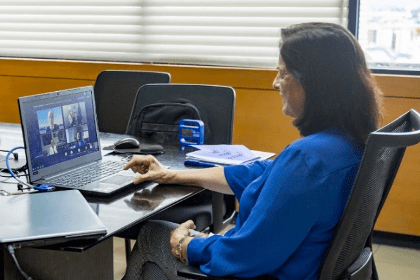
Former Minister of Education, Science and Research for Austria, Iris Rauskala, noted that prior to the recent situation, Austria had already trained most teachers in hybrid learning, so they felt relatively prepared for the sudden switch. She said, “This was a huge challenge, but…we have been implementing digital and blended learning elements, media skills, and competencies in both teacher training curricula as well as student curricula, step-by-step within the last years.” She also shared that they are attempting to make the most of the opportunity to expand their digital learning programs now that more people are familiar with them. “Really everybody understands that it’s possible, or necessary in some situations, to use the methods of digitization, blended learning and e-learning to stick to really our only aim in education, the learning outcome of students.”
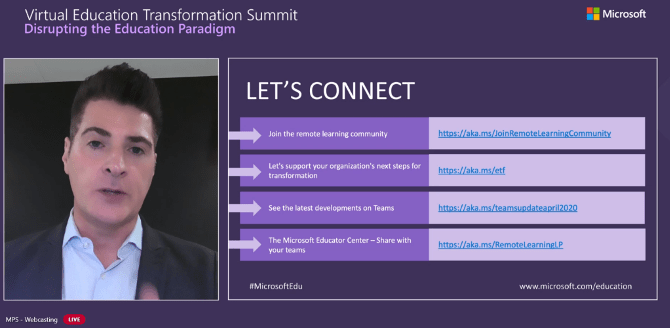
At the end of the session, Anthony thanked the speakers and all the ministers and leaders in attendance for the “…energy, leadership, and commitment that you’re providing to your constituents. It’s tremendously recognized and appreciated by all of us at Microsoft, and we look forward to continuing to serve your goals and your challenges as we transform education.”
Judging by the informative Q&A session and lively activity in the Teams Live chat, the attendees were highly engaged throughout the event, and found the material relevant and thought provoking. Hopefully, there will be more opportunities in the future to gather education leaders from around the world and facilitate additional conversations like these that lead to ideas and actions that positively transform education.
To hear all of the insights and ideas discussed, you can listen to the recording of the full Education Transformation Summit. And please visit the Coalition homepage to learn more about the work that Microsoft and hundreds of other public and private organizations are doing to meet the challenge of bringing quality education to all, now, and into the future. The site was developed to help educators, students, parents, and system leaders explore remote learning and achieve the goals of the coalition: to support the equitable continuation of learning, ensure a full and equitable return to education, and strengthen learning systems. We hope you will visit the site and learn more about the work that Microsoft and hundreds of other public and private organizations are doing to meet the challenge of bringing quality education to all, now, and into the future.


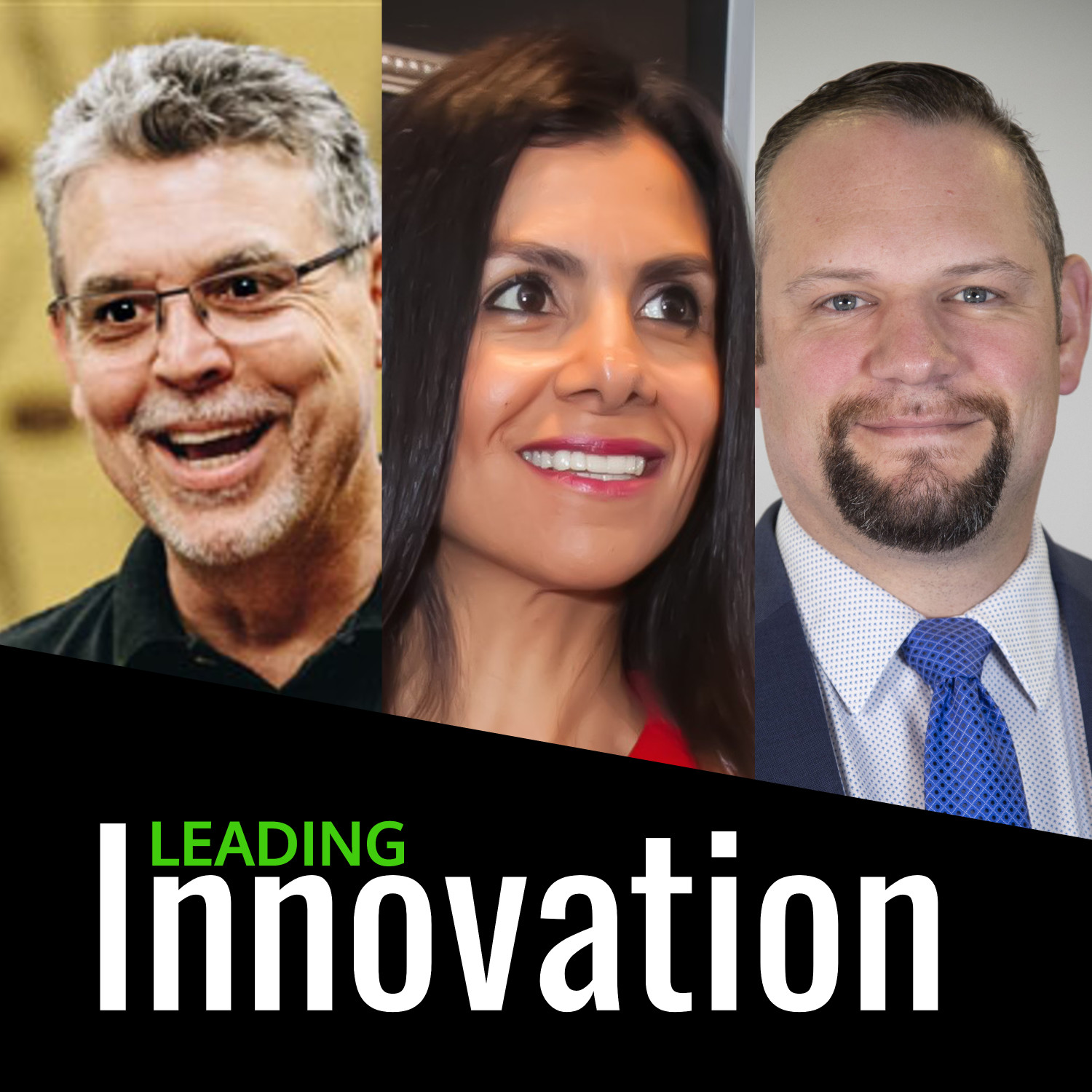
.jpg)
.jpg)